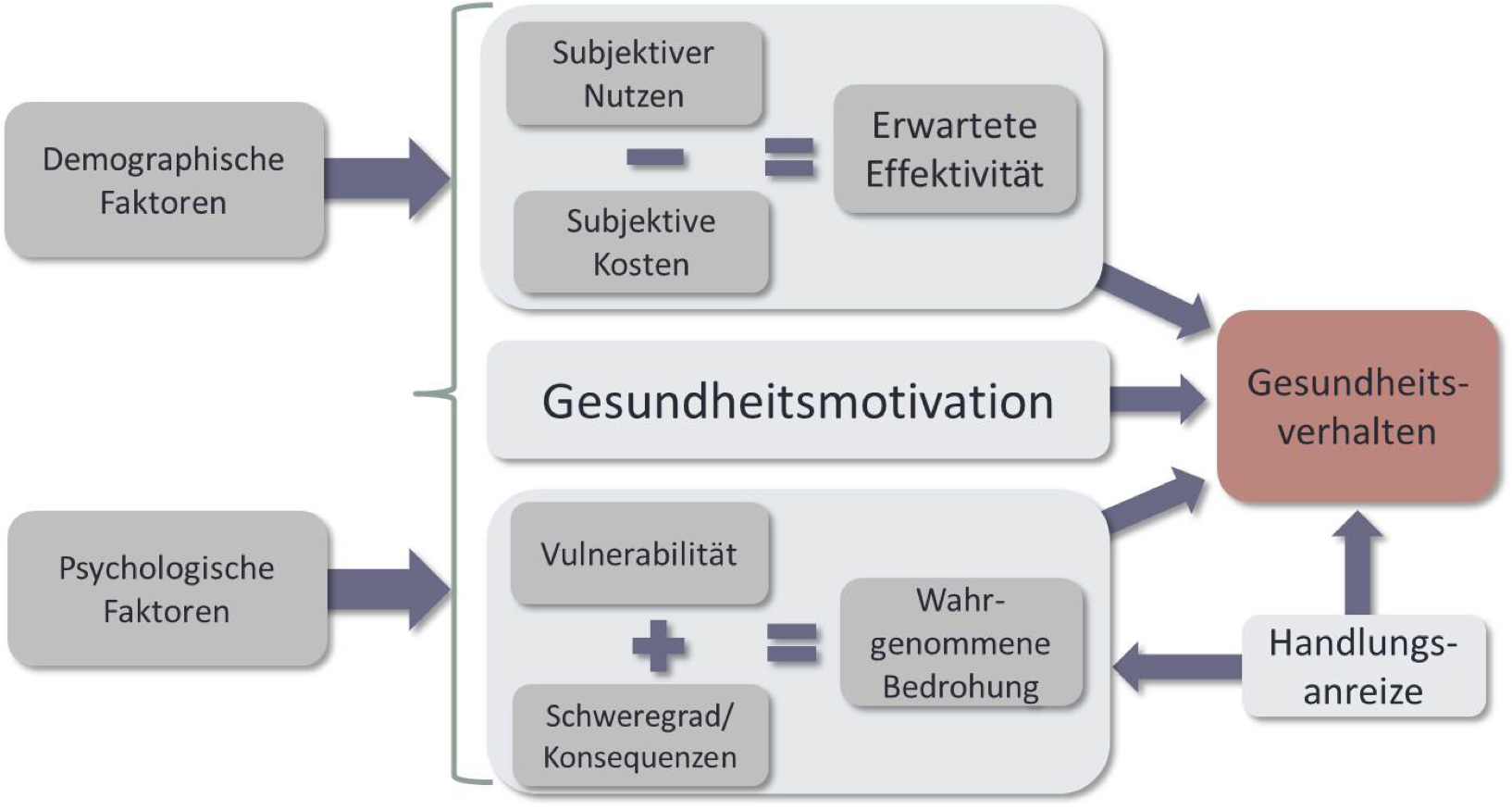Health Belief Modell Anwendung
Behavior is dependent on 1 the subjective value placed on the outcome and 2 the expectation that an action will lead to that outcome.
Health belief modell anwendung. Health belief model put into action using a guy named jeff. The health belief model hbm was developed in the early 1950s by social scientists at the u s. Hbm is a cognitive model that tries to identify patterns of healthy behavior. At the most basic level the hbm is a value expectancy theory.
The perceived susceptibility severity benefits and barriers are four main components of the hbm. A common cause for resisting against preventive behaviors of osteoporosis is the false belief that the disease is not serious. The hbm was developed in the 1950s by social psychologists at the u s. Health belief model hbm has been widely used to measure the health beliefs and behaviors about cancer screening.
Public health service and remains one of the best known and most widely used theories in health behavior research. Public health service in order to understand the failure of people to adopt disease prevention strategies or screening tests for the early detection of disease. The scientists discovered. The health belief model hbm is a widely used cognitive model of health behavior that was developed in the 1950s to explain the lack of participation in public health service programs responses to experienced symptoms and medical compliance.
Two models effective in health education and promotion are the health belief model hbm and social cognitive theory. The health belief model hbm is a social psychological health behavior change model developed to explain and predict health related behaviors particularly in regard to the uptake of health services. It was developed in the 1950s and considers that positive factors increase pro health behaviors while negative factors decrease or inhibit them. The health belief model hbm is one of the many models in health education that can be used as the basis for health promotion programs.
The health belief model was created in the 1950s by social scientists who wanted to understand why few people responded to a campaign for tuberculosis tb screening. The patient protection and affordable care act promoted the benefits of preventive care while reducing barriers for young adults to access the health insurance and preventive measures.






